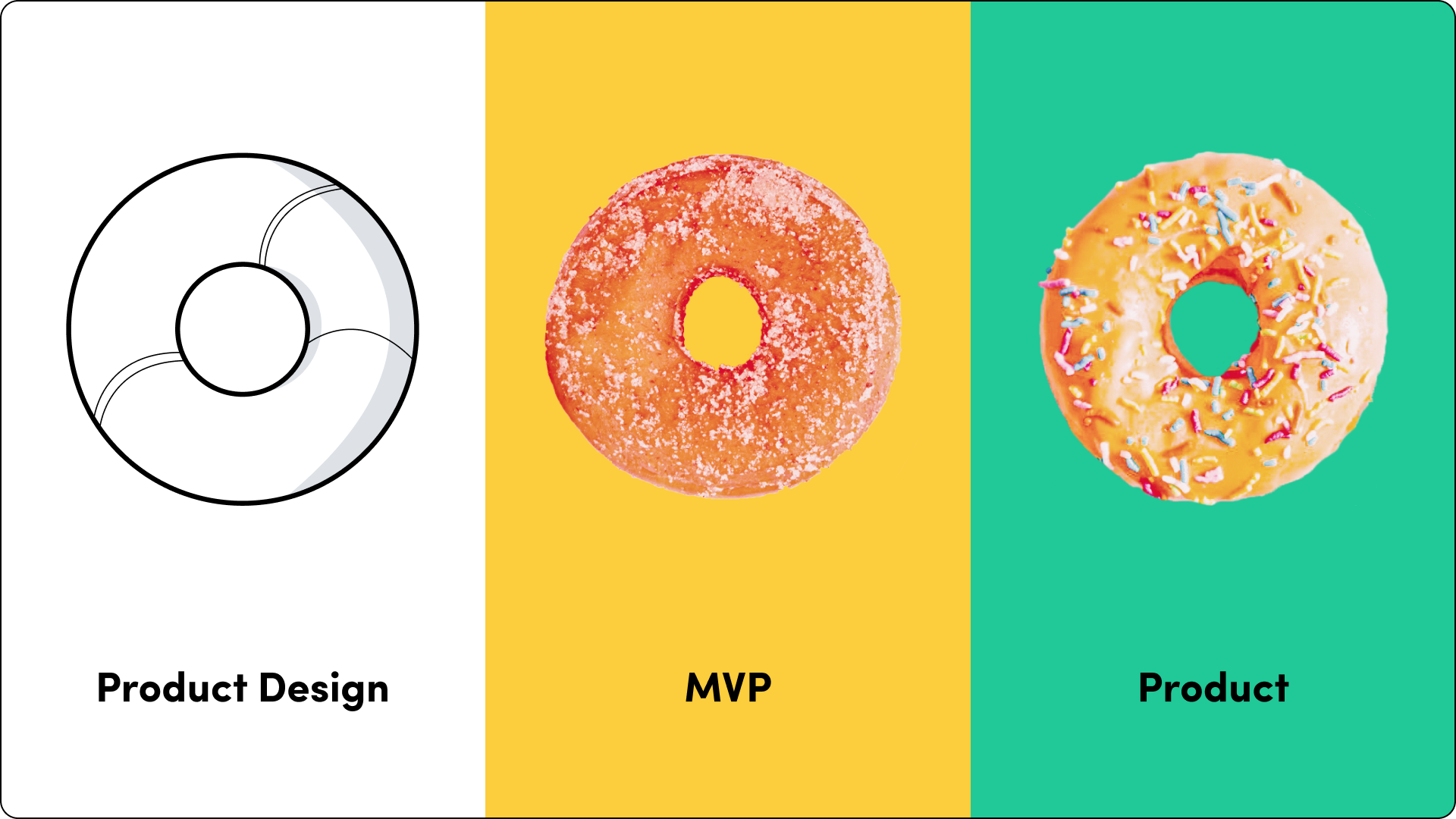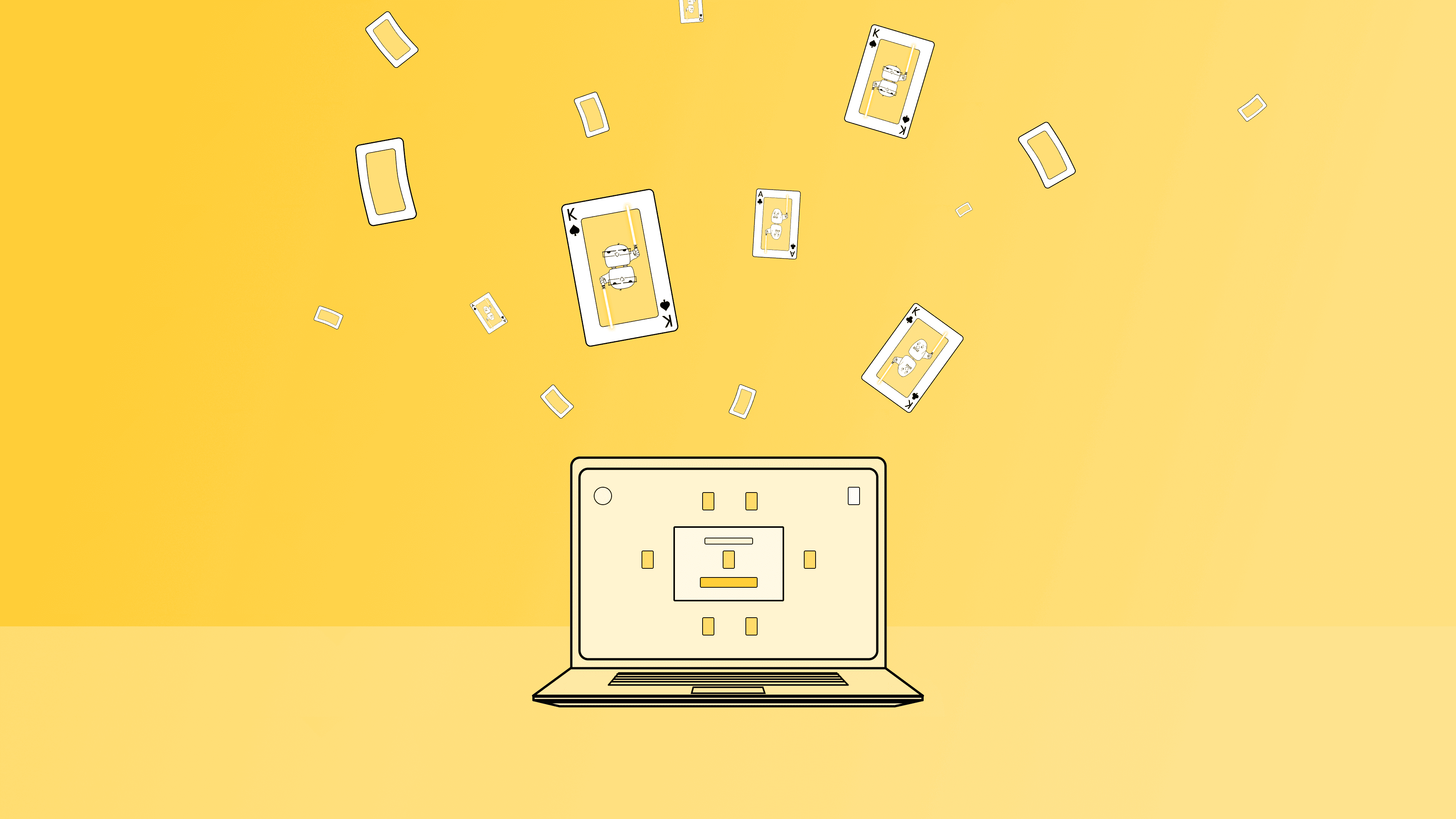

Blog

What does Product/Market Fit mean?
To come up with a product that sells itself and that customers recommend from one to another is every entrepreneur’s dream – a Steve Jobs kind of success. And guess what? It’s possible. What you should do is focus on making the market your priority.
I’ve covered the early stages of software product development in the last couple of articles – product discovery workshop, PoC, MVP (minimum viable product), prototype. Now it’s time for the next phase of product development, which is Product/Market Fit.
What’s that exactly? Is there a strategy for a strong Product/Market Fit? And more importantly, how to achieve it? Let’s dive into the subject and find out.
But before you do that, check out our articles about the previous stages of software development that facilitate achieving Product/Market Fit – product discovery workshops, MVP and app prototyping.
The definition of Product/Market Fit
PMF is when a product meets the high expectations of the target market that fulfils strong market demand. Product/Market Fit is a situation in which users need a given solution, and your value proposition satisfies all their requirements – visually, usefully and financially. If these things are done simultaneously, then you have it – a perfect match. You got to achieve market traction and success.
However, finding Product/Market Fit isn’t the easiest. The trick to make it work is to listen to users’ feedback. Thanks to this, you can find out if you have the product they want – to identify an underserved customer who isn’t satisfied with existing solutions and fulfill their underserved needs. In other words, you can determine the current market demand. It’ll help you build a product roadmap and refine a product.
Learn more about roadmaps from our PO’s article – Project roadmap – definition, tools and its management.
What are the critical indicators of PMF?
How do you know that you achieved PMF? Is there a way to measure if you created a compelling value hypothesis? Though there’s no one answer to these questions, you can detect the signs that you’ve created something unique and realized the key assumption. Want to know what are they? Let’s take a look.
You know you are on the right track, or you already achieved Product/Market Fit if:
Your product satisfies your target customer needs more than existing solutions provided by competition
First, you should find a target market and then create a product. This is the right direction. Not another way around. It’s about asking the right questions, doing market research, gathering the information, looking for a solution to fix the problem and fulfilling the underserved needs.
Your target users buy out the product faster than you can manufacture it
Here’s this “desperation” factor. There shouldn’t be a better alternative to your offer. It’s your solution customers are looking for.
There’s organic growth in the user base
Provide the early adopters with an MVP and carry out user tests. Soon, you’ll see it yourself that if the primary product is good enough, the target customers are more likely to find you. What’s the keyword here? References and positive feedback. That’s how you get new users.
Learn more about MVP development and why it’s good for your business from our article.

There’s publicity in the media
Following the previous point, when there are good opinions on the product, the media will follow. You’ll gain even more buyers.
People are willing to prepay for the solution
Thanks to the launch of MVP, you already have a user base. Later on, as the opinion spreads, people are probably ready to sign up for the restocking. They may even make a small payment to get access earlier than others.
These are only the exemplary cases of signs that you achieved Product/Market Fit. But the truth is, if you address the market that really needs your solution, then that’s it. You probably hit the right spot. This leads to an increase in demand, growth in user base, and financial stability — namely, an overall success. But, again, it all depends. Thus, there’s this saying about PMF that “you know it when you see it”.
Why is PMF important?
Every company on the market is pursuing PMF, whether it’s an early-stage startup or an established business. Why? Because Product/Market Fit has a good chance of guaranteeing long-term success.
You should keep in mind that custom software development is a lean product process. It’s iterative, and it’s all about taking a step back, changing something and try again.
Hence, PMF isn’t blind luck but rather a product based on comprehensive research of customer needs. It’s a moment when desirability, feasibility and viability come together. This is how successful startups start, and established businesses mark their market position because that’s how your company grows.
Learn more about startups here.
Benefits of the Product/Market Fit
Reputation on the market
You came up with an idea of a great product that many customers use. It gives you a status on the market and a base of loyal clients, which provides you with even more opportunities to grow your business.
Business sustainability
A company that launches a successful product is on an excellent way to stay on the market for a long time. What’s more, with that comes product sustainability as it’ll always have its regular users.
Impact on a product team
Think about the team members that built a successful product. Now they have even more motivation for more projects. The satisfaction that comes from creating something so valuable for others is, without a doubt, a great feeling.
Profit
With a great product that fits into market needs, there’s nothing else to do but welcoming new potential customers.
The process behind PMF
The steps in looking for a product that fulfills the market’s demands are similar (if not the same) to the final stages of developing the MVP. We should keep in mind that in most cases, Minimum Viable Product is the first step to Product/Market Fit. Thanks to it, you can get a first-hand opinion of your product from potential users and then refine it. In other words, it contributes to making PMF.
- Test the MVP and collect user feedback – track user behaviour and see how they navigate the application or website. The results are going to point for further action. In other words, this information will help in targeting and fitting into the real needs of your existing users. Hence, it’ll facilitate user acquisition.
- Update, measure, and pivot – when you know what you need to improve, it’s time to update your product. Of course, every change needs to be analyzed, and it needs to be justified. When your product doesn’t meet the target market’s needs, sometimes it’s better to evaluate and change your previous assumptions.
The point in Product/Market Fit is not to get there but rather to continually develop the product to fit the ever-evolving market. To stay successful, you should monitor your users at all times and adapt your solutions to them. The more information you can absorb from the feedback, the closer you’ll get to refining your PMF.
Three mistakes to avoid
Here, we’re going to elaborate on some errors on the way to Product/Market Fit. Some of them are obvious ones, while others are much more complex. All of them, however, can pose severe problems in the future.
- Ignoring your target users – this one is crystal clear, and yet, many startups and entrepreneurs still make the same mistake. In fact, this is one of the main reasons why startups fail. Namely, they don’t check their idea with its target audience, assuming they already know everything about it. And that’s a huge mistake.
- Cutting your prices from the start – that’s when you’re so focused on the growth and sales that you launch a product at a very affordable price. With such a discount, the product is almost for free, so naturally, people will buy it. This can be mistaken for a Product/Market Fit, where in fact, it’s just inorganic growth.
- Changing the product basis – PMF it’s not about drastically changing the whole project but improving it. All these significant alterations should be done earlier, at the MVP stage. Moreover, such change requires a budget and work from scratch, which may be challenging.


How to test Product/Market Fit
Depending on the product, you can record how the end-users interact with it during tests. Besides, thanks to such testing, you can see what areas of the screen people are clicking on the most. Also, you’re able to get a first-hand opinion on the product, which would provide fair ideas for optimization.
Moreover, after launching the product, we should also keep track of the users’ behaviour and listen to target customer feedback. Because we already have an expanded database, we can perform general research on how the target audience uses the product and interacts with it.
Many indicators determine how much we fit the market. Most of all, if the product is successful. That includes factors such as:
- whether it brings profit,
- how many customers does the product have,
- what’s its churn rate.
In certain situations, it’s worth doing interviews with people who stopped buying a given product or service in certain situations. It’ll provide you with data that can be used to improve the product by implementing new features or refine the existing ones. However, you should always evaluate those insights because, after all, your value proposition is there to fulfil your customers’ needs and not the needs of everyone.
Remote ways to evaluate Product/Market Fit
The question is: How to do customer validation if physical contact is too expensive due to vast distances?
When we can’t reach the target customer personally, our team prefers to spread questionnaires through the internet. These interviews with the potential users you can also do via Skype or other alternative communication tools. Sometimes, this off-site method is even better for some people. You can do more interviews since you don’t spend time travelling. But, if you’re hesitating to Skype or Google Hangouts, a good alternative is getting on the phone. In the old fashioned way.
All of the above are a great way to test whether or not you’re building the right product.
Product/Market Fit culture
The right mindset and business model while building a digital product is essential. The business model required for building Product/Market Fit is about transparency, growing together and accepting, that sometimes our assumptions about the market may be wrong.
In the case of PMF, it’s no different. First of all, the team should be flexible. While looking for Product/Market Fit, the team is continually refining the same product. They should keep an open mind for new ideas and changing their previous presumptions. In the end, we’re looking for something special, right?
This brings us to the second point, that’s a strong focus on market needs. The product that we’re looking for is solving the user’s problems. Let it be the number one priority.
Lastly, as I mentioned before, we should always keep in mind that they might be incorrect no matter how reasonable our assumptions are. And that’s fine. We can’t know it all. Once again, the solution is to listen to the people and find out what they expect from the product, its value proposition, and build it accordingly. And that’s the Product/Market Fit culture that you should follow.
Learn more about product management and how to keep team members engaged from this article.
What’s the difference between MVP and PMF
Now it’s time to test your product. MVP is going to help you with that. Build, test, learn and improve it. Even though MVP has only core functionalities, its potential customers can already tell you if they like it. Listen to their opinions and suggestions, but also filter their answers. You can’t satisfy them all, so focus on the majority.
Below you can find a list of questions that will help you in refining your idea:
- Do you need this product?
- What problems will it help you to solve?
- How can it help you?
- Why is it unique?
- In your opinion, what’s its value proposition?
- Would you recommend this product to anyone? And why?
- Would you choose us over the competition? Why?
Our experience
At Gorrion, we’ve worked on many projects in different areas, which provided us with the necessary expertise. If you’re interested in testimonials from our clients, you can find them here. Thanks to our process, we can help you find solutions that your customers need. This, in turn, contributes to the success and growth of your business.
At the office or remotely, there’s always a way to meet and work on your project. Because of comprehensive research, workshop, and developing PoC and MVP, you’re more likely to succeed on the market and closer to achieving Product/Market Fit. All these actions help ensure you get a solution that addresses the market’s needs, wants, and desires.
Have an idea? Contact us and meet our team. We’d be happy to talk to you. Let’s achieve Product/Market Fit together.
Editor’s note: We’ve originally published this post in September 2020 and updated it for comprehensiveness.


Have a project in mind?
Let’s meet - book a free consultation and we’ll get back to you within 24 hrs.



